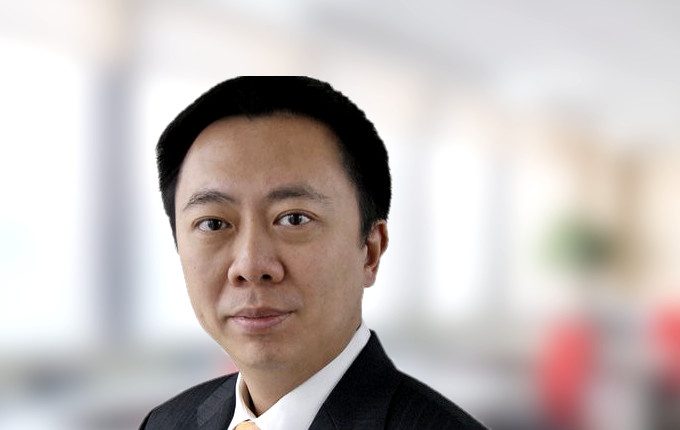As increasingly more institutional investors embrace factor investing as a framework for allocating their assets, concerns have risen about whether this trend will cause systemic risk to creep into global markets.
The Fear of Crowding
The fear is many factor strategies are based on the same underlying principles and as more investors take up these strategies certain trades could become crowded.
But investors should learn to love crowding, says Wai Lee, Global Head of Research for the Multi-asset Solutions Team of Wells Fargo Asset Management.
After all, how can something be systemic without the support of a large group of participants?
“Crowding simply reflects a collective belief that a risk premium is real in the first place,” Lee says in an interview with i3 Insights.
“Without crowding, risks are only idiosyncratic and not systematic and so we should embrace crowding.”
He says he does not believe crowding in itself leads to bubbles or crashes.
“Crowding doesn’t necessarily mean everyone wants it at the same time, because that is impossible in the case of risk premia investing,” he says.
“For every dollar bought of an alternative risk premium, there is a dollar sold. It has a net zero supply.
“If readers accept my argument that risk premia investing is a two-way street, then we cannot blame crowding to be the source of pressures.”
Philosophically this makes sense. But if it is the case that for every investor buying into a factor strategy there is also a seller, then who is on the other side of the trade?
“I think this is a very tough question to answer,” Lee acknowledges.
“It is very difficult to identify the intention behind each position in an investor’s portfolio.”

There are some who argue that mutual fund managers need to buy higher beta names to make up the cash reserves they need to hold. That makes some sense to me
But there are a few examples where we can see investors taking the other side of a factor trade.
When we look at the low-volatility factors, there is some evidence from databases on institutional investor holdings – such as those that track 13F-filings with the United States Securities and Exchange Commission – that hedge funds and, to a smaller extent, mutual funds do take the other side of the low-volatility trade by holding more higher beta stocks.
“There are some who argue that mutual fund managers need to buy higher beta names to make up the cash reserves they need to hold. That makes some sense to me,” Lee says.
Different Time Horizons
But generally speaking, he suspects most trades are simply offset by investors having different investment horizons and different goals.
Retail investors who are investing their savings in mutual funds have different objectives than large pension funds with hundreds of thousands of members or endowment funds that run in perpetuity.
“Neither one of them is necessarily irrational, but they have different reasons to invest,” Lee says.
Strategic Mistakes
Where Lee is more concerned about dislocations is where investors make mistakes or where they are forced to abandon positions quickly for business reasons, especially if this applies to large organisations.
“We need to take into account that for some strategic investors it is entirely legitimate to be tactical and temporarily adjust their exposure to their strategic decisions,” he says.
“Where we are more concerned in relation to crowding is where investors make a strategic mistake and they need to correct [their position]. A correction depends on how big they are; if they dominate in trading, then everybody will feel it.”
Wai Lee presented his latest research into crowding at the i3 Equities & Equity Alternatives Forum, which was held on 26 and 27 February at the Pullman on the Park in Melbourne. For more information, please see here.
__________
[i3] Insights is the official educational bulletin of the Investment Innovation Institute [i3]. It covers major trends and innovations in institutional investing, providing independent and thought-provoking content about pension funds, insurance companies and sovereign wealth funds across the globe.



